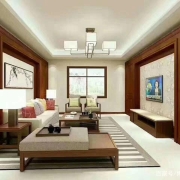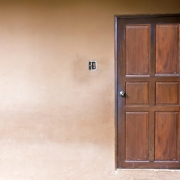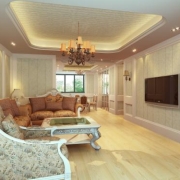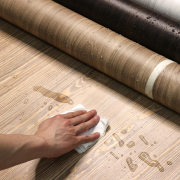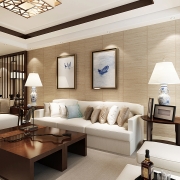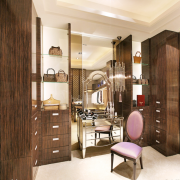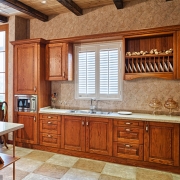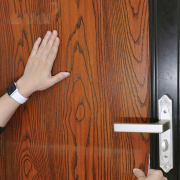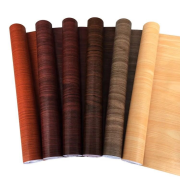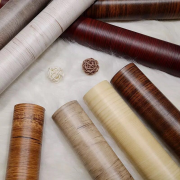Bir mekanda farklı dekoratif duvar panelleri nasıl karıştırılıp eşleştirilir?
Farklı dekoratif duvar panellerini bir mekanda karıştırıp eşleştirmek, dinamik ve görsel olarak ilgi çekici bir ortam yaratabilir. Uyumlu bir karışım elde etmenize yardımcı olacak bazı ipuçları:
Birleştirici Bir Temaya Bağlı Kalın: Renk, desen, doku veya malzeme gibi ortak bir temayı paylaşan duvar panellerini seçin. Bu, bir bütünlük hissi yaratır ve mekanın kopuk hissetmesini önler.
Panel Boyutlarını Değiştirin: Çeşitlilik eklemek için farklı boyutlarda paneller kullanın. Dengeli bir görünüm oluşturmak için daha büyük, daha belirgin panelleri daha küçük olanlarla karıştırmayı düşünün.
Kontrast Renkler ve Dokular: Zıt renkler ve dokularla denemeler yapın. Örneğin, derinlik ve ilgi eklemek için pürüzsüz, parlak bir paneli dokulu veya mat bir panelle eşleştirin.
Vurgu Duvarları Oluşturun: Belirli duvarları vurgulu duvarlar olarak belirleyin ve bu yüzeylerde farklı paneller kullanın. Bu, tüm alanı bunaltmadan çeşitli stilleri denemenize olanak tanır.
Oranları göz önünde bulundurun: Panellerin oranlarına dikkat edin. Boyut ve desen karışımının odanın boyutunu ve diğer tasarım öğelerinin ölçeğini tamamladığından emin olun.
Kalın ve Hafifi Dengeleyin: Bir panelin kalın bir deseni veya rengi varsa, onu daha hafif veya nötr panellerle dengeleyin. Bu, alanın çok meşgul hissetmesini önler.
Nötr Bir Taban Kullanın: Nötr bir tabanla başlayın ve belirli panellerle renk veya desen patlamaları yaratın. Bu esneklik sağlar ve alanın çok kaotik hissetmesini önler.
Panel Düzenleriyle Denemeler Yapın: Görsel ilgiyi artırmak için geometrik düzenlemeler veya alternatif paneller gibi farklı düzen desenlerini deneyin. Alanı zenginleştiren bir düzen bulmak için yaratıcılığınızı kullanın.
Mimari Unsurları Göz önünde bulundurun: Odanın mimari özelliklerini dikkate alın. Bu özellikleri onlarla rekabet etmek yerine geliştirmek ve tamamlamak için duvar panellerini kullanın.
Farklı Malzemeleri Birleştirin: Farklı ve sofistike bir görünüm için ahşap, metal ve cam gibi malzemeleri karıştırın. Farklı malzemelerin mekanın genel tarzıyla uyum sağladığından emin olun.
Kademeli Geçiş Oluşturun: Bir panel türünden diğerine geçiş yapıyorsanız, her ikisinin de özelliklerini paylaşan ara öğeleri ekleyerek kademeli bir geçiş oluşturmayı düşünün.
Yüksekliklerle Denemeler Yapın: Dinamik bir görsel akış oluşturmak için panel yükseklikleriyle oynayın. Örneğin, farklı yükseklikte paneller kullanmak gözü yukarı doğru çekerek alanın daha geniş görünmesini sağlayabilir.
Aydınlatmayı düşünün: Aydınlatma panellerin algılanma şeklini etkileyebilir. Belirli panelleri vurgulamak veya odak noktaları oluşturmak için farklı aydınlatma düzenlemelerini deneyin.
Sanatla Kişiselleştirin: Kişisel bir dokunuş eklemek ve deseni parçalamak için panel düzenlemesine sanat eseri veya duvar dekorunu entegre edin.
Dekoratif duvar panellerini karıştırmak ve eşleştirmek konusunda katı kurallar olmadığını unutmayın. Önemli olan yaratıcılığınızı ve kişisel tarzınızı ifade ederken dengeyi ve görsel uyumu korumaktır. Uyumlu ve görsel olarak çekici bir görünüm elde edene kadar denemeler yapın, geri çekilin ve yeniden değerlendirin.

